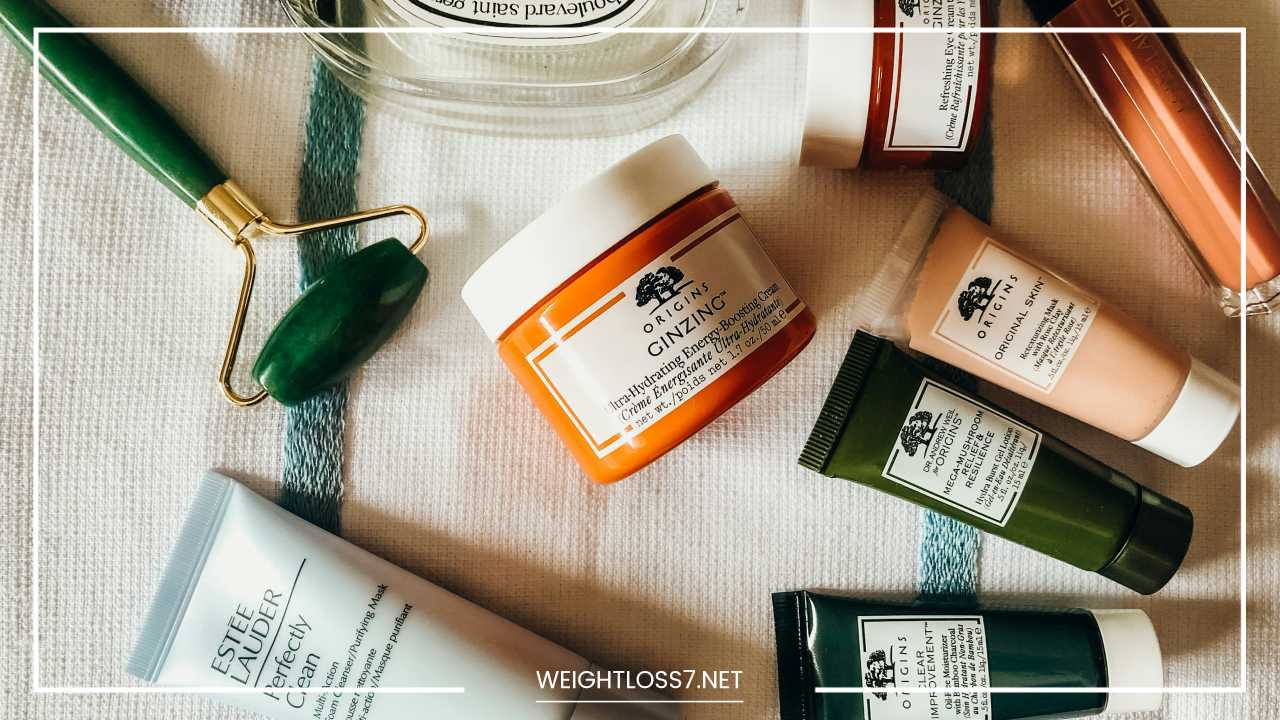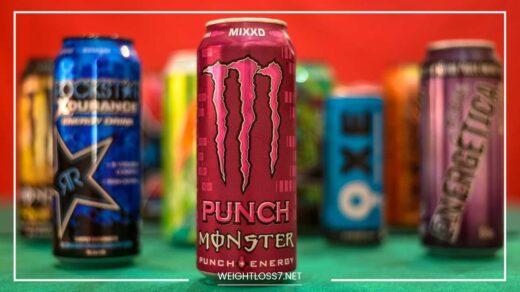Skincare Products: Unlock the Secrets to Glowing Skin:

Skincare Products
Unveiling the Mystery: A Comprehensive Guide to Skin Care Products
The world of skincare can feel like a labyrinth of conflicting advice and endless product choices. From serums boasting miracle cures to cleansers promising a fountain of youth, navigating these aisles can leave you bewildered. But fret no more!
This comprehensive guide will be your map, empowering you to understand your unique skin and build a personalized routine for a radiant, healthy complexion.
Unmasking Your Skin Type: A Deeper Dive
Before embarking on your skincare journey, it’s crucial to identify your skin type. This forms the foundation for choosing the right products to address your specific needs. Here’s a detailed breakdown of the four most common types, along with additional factors to consider:
-
Dry Skin: Often feels tight, flaky, and uncomfortable. Dry skin lacks moisture and can be prone to irritation and fine lines. It may benefit from:
- Hydrating Cleansers: Cream cleansers or cleansing balms gently remove impurities without stripping natural oils.
- Humectant-Rich Moisturizers: Look for ingredients like hyaluronic acid, glycerin, and ceramides which attract and retain moisture.
- Occlusive Moisturizers: These seal in moisture, forming a protective barrier on the skin’s surface. Consider options with shea butter, beeswax, or mineral oil (if not acne-prone).
-
Oily Skin: Characterized by an excessive shine, enlarged pores, and a tendency for breakouts. Oily skin requires a balanced approach to control oil production and prevent acne. Opt for:
- Oil-Free, Non-Comedogenic Cleansers: These remove excess oil without clogging pores. Look for ingredients like salicylic acid or benzoyl peroxide.
- Lightweight, Oil-Free Moisturizers: Choose gel or water-based moisturizers with ingredients like hyaluronic acid to provide hydration without greasiness.
- Exfoliation: Regular exfoliation can help prevent clogged pores and breakouts. Opt for chemical exfoliators with AHAs or BHAs 1-2 times a week.
-
Combination Skin: A mix of oily and dry areas, typically with an oily T-zone (forehead, nose, chin) and drier cheeks. It requires a multi-pronged approach:
- Targeted Cleansing: Use a gentle cleanser suitable for the entire face.
- Moisturizer Zoning: Apply a lightweight, oil-free moisturizer to the T-zone and a richer moisturizer to drier cheeks.
- Spot Treatment: Use a spot treatment containing benzoyl peroxide or salicylic acid to address individual breakouts.
-
Sensitive Skin: Prone to redness, irritation, and stinging reactions from harsh ingredients or environmental factors. Sensitive skin needs gentle pampering:
- Fragrance-Free, Hypoallergenic Products: Look for formulas labeled “for sensitive skin” and avoid harsh fragrances, alcohol, and dyes.
- Soothing Ingredients: Choose products with calming ingredients like chamomile, calendula, or colloidal oatmeal.
- Patch Testing: Always patch test new products on a small area of your inner arm before applying them to your face.
Beyond the Basics: Recognizing Skin Conditions
While skin type forms the base, several skin conditions require additional attention in your skincare routine. Here are some common concerns:
-
Acne: Characterized by pimples, whiteheads, and blackheads, acne is caused by a combination of factors like excess oil production, clogged pores, and hormonal fluctuations. Consider:
- Benzoyl Peroxide Cleansers: Target bacteria that contribute to breakouts.
- Salicylic Acid Toners: Exfoliate dead skin cells that clog pores.
- Differin Gel: A topical retinoid available over-the-counter that helps unclog pores and prevent breakouts.
- Consult a Dermatologist: For persistent acne, visit a dermatologist for personalized treatment plans and prescription medications.
-
Hyperpigmentation: Dark spots, freckles, or uneven skin tone can be caused by sun damage, hormonal changes, or skin conditions like melasma. Here’s how to fight back:
- Vitamin C Serums: Brighten the skin and fade hyperpigmentation over time.
- Azelaic Acid Creams: Can help reduce the appearance of dark spots and calm inflammation.
- Sun Protection: Absolutely essential! Daily use of broad-spectrum SPF 30 sunscreen prevents further sun damage and hyperpigmentation.
-
Eczema: This chronic skin condition causes dry, itchy, and inflamed patches. It requires gentle care and may benefit from:
- Fragrance-Free, Hypoallergenic Moisturizers: Look for formulas with ceramides and colloidal oatmeal to soothe and repair the skin barrier.
- Prescription Steroid Creams: In severe cases, a dermatologist might prescribe high-potency topical corticosteroids to reduce inflammation and itching.
Decoding Ingredients: Building Blocks of Skincare Products
Understanding some key ingredients can empower you to make informed choices when selecting skincare products. Here’s a breakdown of some common categories:
- Humectants: Attract and retain moisture in the skin. Examples include hyaluronic acid, glycerin, and aloe vera.
- Emollients: Soften and smooth the skin’s surface. Examples include shea butter, ceramides, and mineral oil.
- Occlusives: Form a protective barrier on the skin’s surface to prevent moisture loss. Examples include petrolatum, beeswax, and dimethicone.
- Exfoliants: Remove dead skin cells, revealing a brighter, smoother complexion. Chemical exfoliants use AHAs (like glycolic acid or lactic acid) or BHAs (like salicylic acid) to dissolve dead skin cells. Physical exfoliants use scrubbing particles like jojoba beads or rice bran to buff away dead skin.
- Antioxidants: Combat free radicals, which damage skin cells and contribute to aging. Examples include vitamin C, vitamin E, and green tea extract.
- Retinoids: Derived from Vitamin A, retinoids stimulate collagen production, reduce wrinkles, and improve overall skin texture. However, they can be irritating, so start with a low concentration and gradually increase frequency.
Beyond the Surface: Cultivating Healthy Habits for Glowing Skin
While a well-crafted skincare routine is crucial, a holistic approach is key to achieving and maintaining radiant skin. Here are some lifestyle habits that complement your skincare efforts:
- Diet: Nourish your skin from the inside out. Focus on a balanced diet rich in fruits, vegetables, and whole grains. Limit processed foods, sugar, and unhealthy fats.
- Hydration: Drinking plenty of water keeps your skin hydrated and plump. Aim for 8 glasses of water daily.
- Sleep: Adequate sleep allows your skin to repair and regenerate. Strive for 7-8 hours of quality sleep each night.
- Stress Management: Chronic stress can wreak havoc on your skin. Practice relaxation techniques like yoga, meditation, or deep breathing to manage stress levels.
- Sun Protection: Daily use of broad-spectrum SPF 30 sunscreen is non-negotiable. It protects your skin from harmful UV rays that cause premature aging, hyperpigmentation, and skin cancer. Reapply sunscreen every two hours, or more often if sweating or swimming.
Building Your Personalized Routine: A Step-by-Step Guide
Now that you’re armed with knowledge about skin types, conditions, ingredients, and healthy habits, you’re ready to create your personalized skincare routine! Here’s a step-by-step guide:
- Identify Your Skin Type and Concerns: Assess your skin type (dry, oily, combination, or sensitive) and any specific concerns you have like acne, hyperpigmentation, or wrinkles.
- Research Products: Based on your skin type and concerns, research targeted products. Look for the key ingredients mentioned earlier that address your specific needs.
- Start Simple: Don’t overwhelm your skin. Begin with a basic routine of cleanser, moisturizer, and sunscreen.
- Introduce New Products Gradually: Introduce new products one at a time to identify any potential irritations. Patch test on your inner arm before applying to your face.
- Be Consistent: Skincare takes time and consistency. Stick to your routine morning and night for optimal results.
- Listen to Your Skin: Pay attention to how your skin reacts to products. If you experience irritation, discontinue use and consult a dermatologist.
- Professional Guidance: For stubborn skin concerns or complex issues, consult a dermatologist. They can recommend prescription medications or specialized treatments.
Remember: Your skincare journey is unique. Be patient, experiment, and enjoy the process of discovering what works best for your skin. With the right knowledge and a personalized routine, you can achieve a healthy, radiant complexion that reflects your inner beauty.
Beyond the Basics: Exploring Advanced Skincare Techniques
As you become more comfortable with your basic skincare routine, you might consider exploring advanced techniques to target specific concerns or achieve an extra boost. Here are a few options:
- Chemical Peels: These treatments use AHAs or BHAs at higher concentrations to remove dead skin cells and stimulate collagen production. They can improve skin texture, reduce wrinkles, and address hyperpigmentation. However, chemical peels require professional application and come with varying downtime depending on the strength used.
- Microneedling: This minimally invasive procedure uses tiny needles to create microscopic injuries in the skin. This triggers the body’s natural healing response, promoting collagen production and improving skin texture, fine lines, and wrinkles. While microneedling can be done at home with rollers, professional treatments offer deeper penetration and more dramatic results.
- Facial Masks: Sheet masks or clay masks offer concentrated treatments for specific concerns. Hydrating masks replenish moisture, clay masks absorb excess oil and minimize pores, while brightening masks target hyperpigmentation. Choose masks based on your skin type and concerns, and use them 1-2 times a week.
- Facial Massage: This technique promotes lymphatic drainage, reduces puffiness, and improves circulation. You can incorporate facial massage into your routine using a gua sha tool or simply with your fingertips.
The Importance of Sustainability: Eco-Conscious Skincare
As you navigate the vast world of skincare products, consider the environmental impact of your choices. Here are some tips for building a sustainable skincare routine:
- Look for eco-friendly brands: These brands use recyclable packaging, source ingredients responsibly, and are committed to sustainable practices.
- Opt for Multitasking Products: Reduce waste by choosing products that address multiple concerns.
- Consider Reusable Alternatives: Replace disposable cotton pads with reusable makeup remover cloths or microfiber washcloths.
- Buy in Bulk: Purchase larger sizes of your favorite products to minimize packaging waste.
Final Word: Unveiling the Radiance Within
The journey to healthy, glowing skin is a beautiful exploration of self-care and self-discovery. By understanding your unique skin, building a personalized routine, and adopting healthy habits, you’ll not only see a visible transformation but also cultivate a sense of confidence and well-being.
Remember, beautiful skin is a reflection of a healthy you, so embrace the journey and enjoy the process of unveiling the radiance within.

















